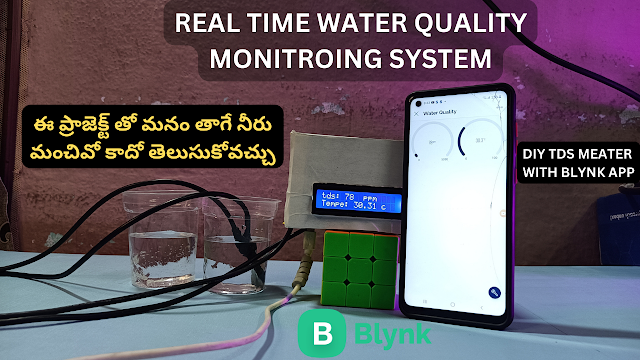Introduction:
Have you ever wanted to combine the charm of an hourglass with the excitement of modern technology? In this comprehensive guide, we'll show you how to craft a captivating Arduino hourglass using the ADXL345 sensor for motion detection and two LED matrix displays to visualize time passage. This project brings together tradition and innovation, allowing you to create a mesmerizing timekeeping masterpiece.
Prerequisites:
Before embarking on this project, make sure you have the following:
Arduino Board: An Arduino board (e.g., Arduino Uno or Arduino Nano) for programming and control.
ADXL345 Accelerometer: The ADXL345 sensor for detecting motion and orientation changes.
Two LED Matrix Displays: To visualize the hourglass effect.
Jumper Wires: For connecting components.
Breadboard: For creating a temporary circuit.
Arduino IDE: The platform for programming and code upload.
Project Overview:
The objective of this project is to create a unique hourglass experience using an ADXL345 sensor to detect motion and orientation changes. As the hourglass is tilted, the LED matrix displays will simulate the sand movement effect, providing an interactive and engaging time display.











0 Comments